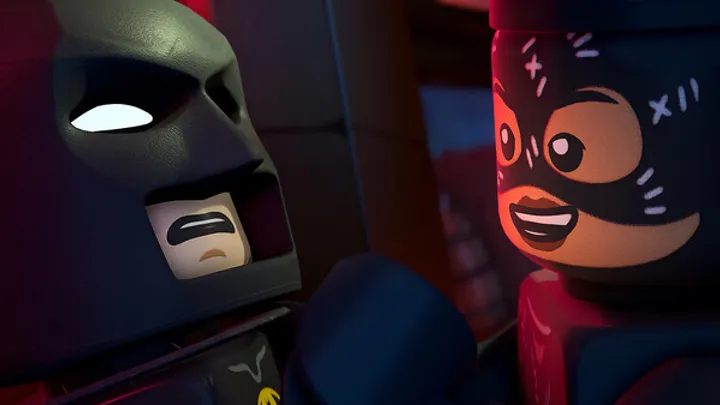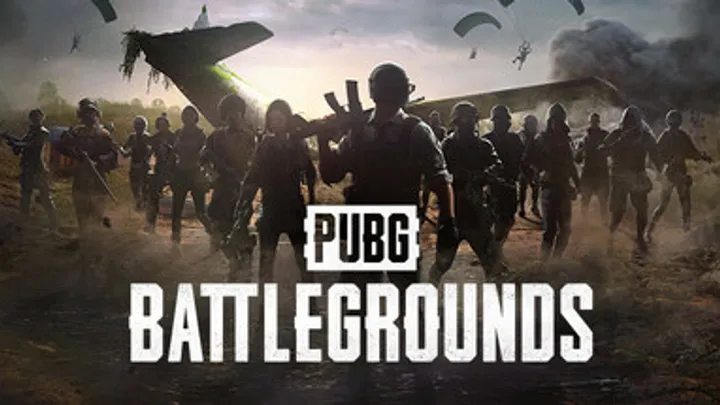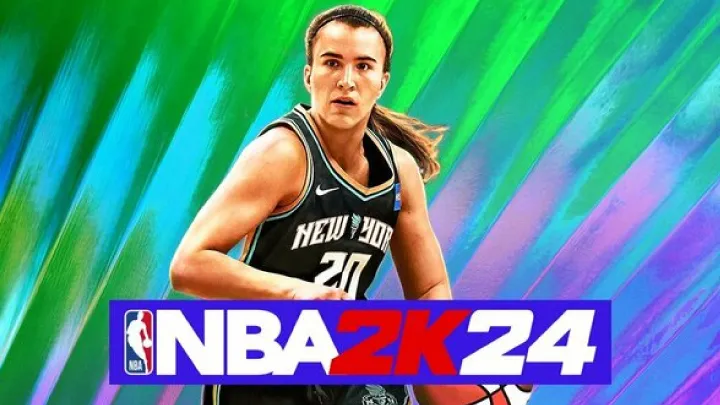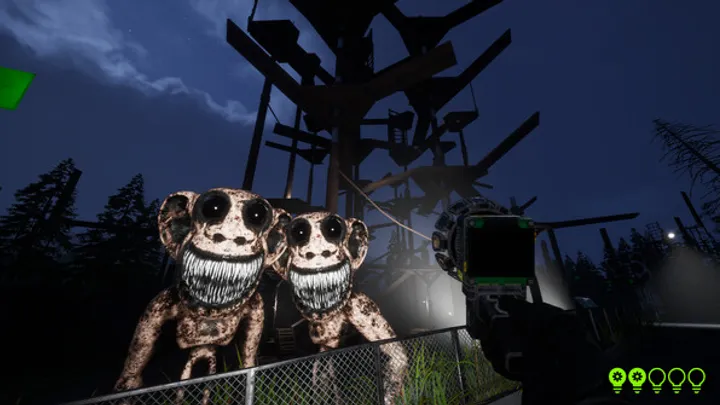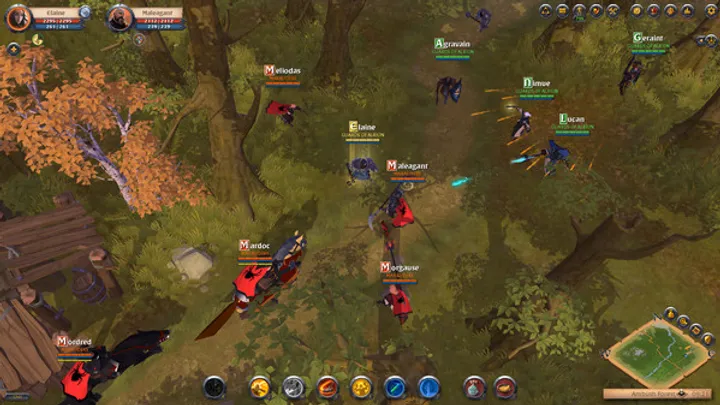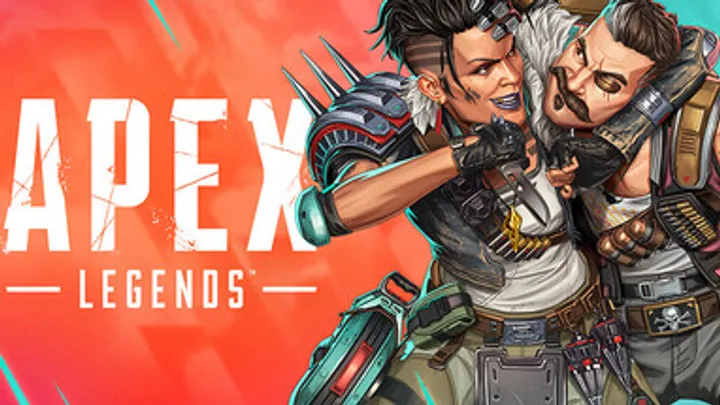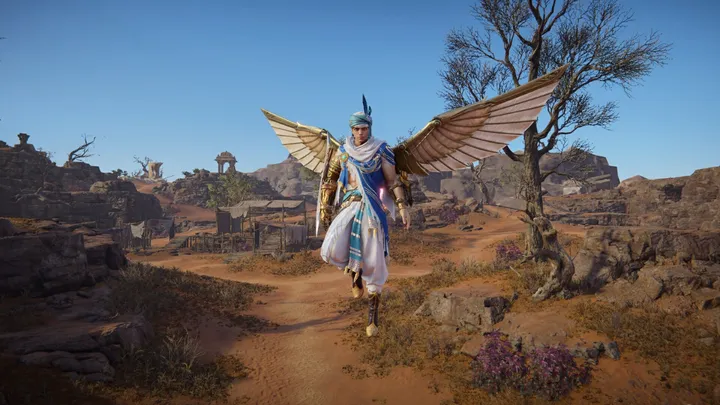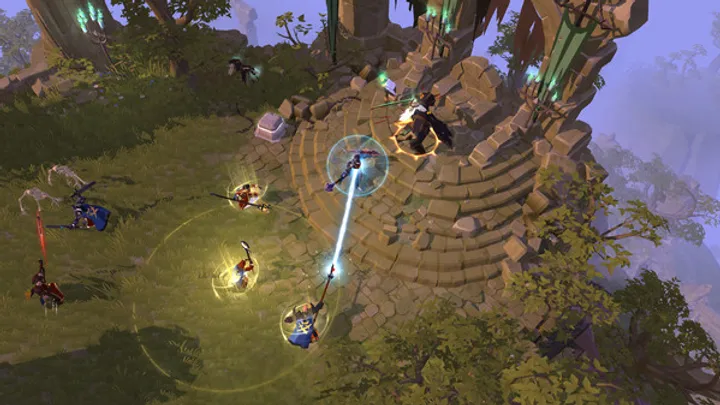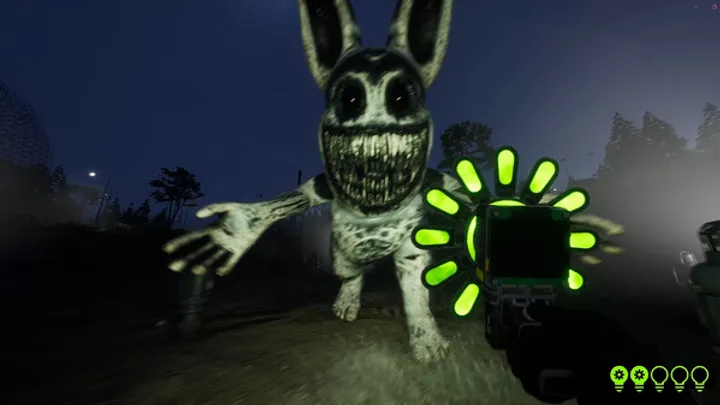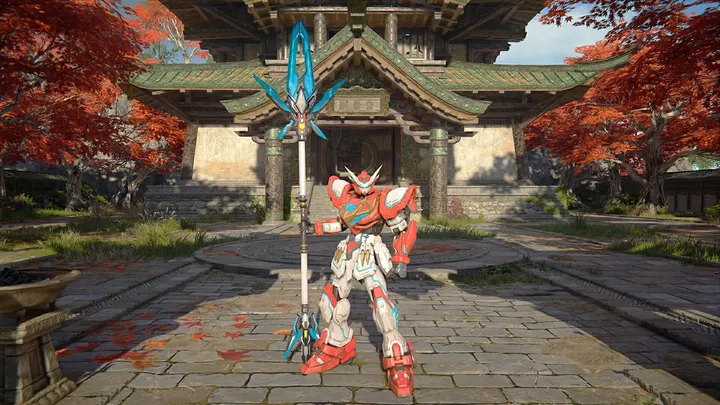Introduction
Counter-Strike 2 (CS2) launched with immense promise: next-gen visuals, responsive feedback, and revamped systems designed to revitalize the oldest—and still most competitive—FPS franchise. But beneath the sheen lies a critical technical issue demanding close attention: tickrate and network fidelity in competitive play, and how its evolution shapes fairness, player perception, and the very future of the esport. This article delves deeply into that issue across a timeline of Valve’s decisions and community responses, exploring design tensions, performance trade-offs, and practical steps to safeguard competitive integrity.
1. The Pre-CS2 Era: Standard Tickrates and Community Practices
In the classic CS:GO ecosystem, competitive servers ran at 64-tick, while premium servers—like those on professional leagues or paid services—used 128-tick. The higher tickrate provided smoother hit registration and more accurate synchronization. Many players believed 128-tick represented the gold standard for fairness. Community-run servers, leagues like ESL and FACEIT, and even Valve’s early matchmaking often leveraged 128-tick to support tight shooting mechanics.
128-tick fostered an expectation in pro and high-rank gameplay: every frame matters. If opponents moved swiftly along Smokes or flashed in frag rounds, shot registration and peeks felt more precise. This context set the stage for intense scrutiny when Valve moved to CS2’s “up to 60 tick interpolation” matchmaking—a move perceived by many as a downgrade from established norms.
Why tickrate matters
Higher tickrates mean more frequent updates from client to server and server to client—critical when bullets travel at lightning speeds and peeks happen in milliseconds. Lower tickrates increase perceived input lag and introduce uncertainty in hit detection.
Community expectations shaped by CS:GO
- 128-tick used in high-level play raised the baseline for fairness.
- Players adapted movement and shot timing to exploit tickfloor precision.
- Downgrades from 128 to 64 or lower triggered vocal backlash.
2. CS2 Launch: Introduction of Sub-Tick and 60-Tick Matchmaking
When CS2 launched in late 2023, Valve introduced a new networking model that combines sub-tick interpolation mechanisms with traditional frame alignment—and capped matchmaking servers at 60 Hz (effectively “60 tick”). Valve argued that sub-tick prediction would compensate, delivering finer granularity than raw tick values.
But this sparked debate. Hardcore players questioned whether algorithmic interpolation truly matches raw higher tickrate fidelity. The concern: the system may "fill in" positions but still loses fidelity in the network buffer—particularly under lag, packet loss, or jitter. As a result, peak-dominant players found themselves missing shots they felt should connect.
The promise of sub-tick
Valve’s concept: decouple input perception from rigid tick updates. Track input events (e.g., shot firing) continuously, then align them to known positions upon server reconciliation—giving the illusion of finer precision.
The clash of perception vs. data
- Players with stable high-performance hardware reported “gut shots” being registered as misses.
- Early tests suggested sub-tick improved consistency marginally—but did not replicate 128-tick fluidity.
- Community demand for 128-tick or higher servers intensified.
3. Early Community Response: Pro Players and Demo Evidence
Pro players and analysts began collecting demo data. They sought to examine discrepancies between client predications and server acknowledgments during peeks, especially in fast trades. Slow-mo replays revealed shot origins and target positions differed frame to frame due to interpolation.
The feedback channel was strong. Pros like "NiKo" and "device" echoed frustrations on social platforms, showing that even with perfect ping, peek-timed headshots sometimes resulted in body impacts—or no hit at all. This fueled skepticism about sub-tick’s effectiveness.
Demonstrations of inconsistency
Players showcased recordings where their crosshair was clearly on enemy's head at the time of firing, yet bullets stuck the wall or character model—implying desync caused by tick downscaling or prediction jumps.
Claim versus confirm
- Validation of issues came both from subjective experience (“felt shot”) and demo data (“frame mismatch”).
- Communities mapped frames to server snapshots, proving some miss-events were not human error.
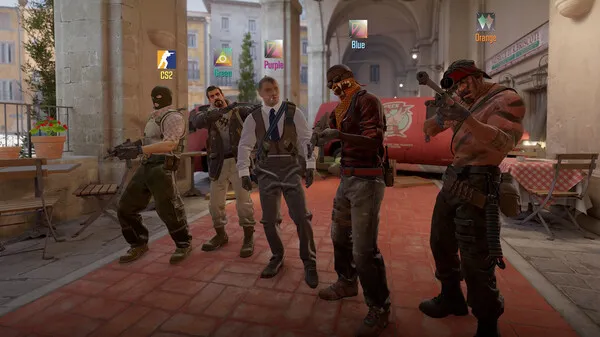
4. Valve’s Initial Reactions and the Role of Hardcore Servers
In response, Valve issued a dev blog explaining sub-tick, aiming to reassure players that server interpolation was the future of fair registration. Yet, they maintained competitive matchmaking would continue at 60 tick for consistency and resource management.
Meanwhile, third-party providers (e.g., FACEIT, ESEA) quickly ramped up CS2-compatible 128-tick servers, becoming the de facto hubs for serious competitive rounds. This bifurcation created an ecosystem split: Valve matchmaking (aimed at mass scale), and premium services (aimed at precision).
The divergence in competitive play
- Matchmaking became more about accessibility, not precision.
- Skillful players internationally migrated to premium platforms.
- Esports ING tournaments often used custom servers with precise tick consistency.
Community compromise
- Premium servers allowed scheduling of tournaments, scrims with 128-tick lock.
- Data overlay creators tracked hit fidelity differences, further legitimizing the importance of tick.
5. Mid-cycle CS2 Update: Rollout of Official 128-Tick Servers
Recognizing mounting pressure, Valve announced optional 128-tick servers in early 2024 for select competitive playlists. The shift marked a milestone: official support for higher fidelity and inclusion of sub-tick enhancements on top of raw tick frequence.
The rollout wasn’t universal—some regions got it sooner than others—and server availability varied. However, the update acknowledged that fairness needed to account for mechanical precision, and disappointed players began cautiously optimistic.
Technical adjustments in the patch
Valve updated networking code to allow full 128 Hz updates while preserving sub-tick reconciliation, meaning every input event now benefits from both higher temporal resolution and input de-jittering techniques.
Rollout growing pains
- Some players reported increased bandwidth demand or higher CPU usage.
- Others cited improved shot registration—but complaints about packet spikes persisted.
6. Data Insights: Measuring the Impact of Tickrate Upgrades
Third-party researchers released analysis: CS2 gameplay comparisons between 60-tick and 128-tick scenarios, tracking hit accuracy, spray consistency, and net graph metrics. Results were eye-opening:
- Significant reduction in registration misses on fast peeks.
- Decreased divergence between crosshair position and perceived hit.
- However, benefits dropped off under packet loss >5%, where sub-tick still failed to correct errors.
Benchmarks and findings
Statistical analysis suggested ~15–20% fewer shot-registration misses on 128-tick in ideal conditions.
Limitations highlighted
- If network jitter or intermittent packet loss exists, even 128-tick can't fully compensate.
- Players with unstable pings still voiced inconsistency—suggesting server tick is only one piece of the puzzle.
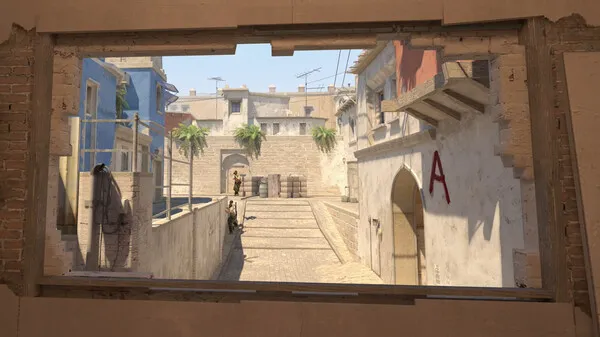
7. Trade-offs: Bandwidth, Server Load, and Matchmaking Capacity
Increasing server tickrate has consequences. More frequent updates demand higher bandwidth, more CPU cycles, and lower player capacity per server—raising costs for Valve. Fragmenting player base across multiple tickrate pools also risks longer queue times and balancing mismatches.
Valve addressed this with optimizations—data compression, regional tickrate tiers, and even dynamic tick modulation—but trade-offs persist. Mass-access CS remains tethered to lower tickrate unless players pay or subscribe to premium options.
Operational constraints
- Hosting at 128 tick means 2× the updates vs. 60 tick—doubling network traffic.
- Valve must weigh fairness vs. scale: competitive integrity vs. mass access.
Innovation under constraint
- Valve introduced “tick-aware matchmaking,” preferring to match players with similar ping and chosen tickrate.
- Some clients now negotiate tickrate per session, allowing flexibility.
8. Player Recommendations: How to Reduce Networking Issues
Beyond server tickrate, players can do numerous things to minimize desync and maintain consistency:
Network hygiene checklist
- Use wired ethernet with high-quality home router.
- Disable VPN or reduce double-hop latency.
- Limit background downloads or uploads during play.
- Prioritize server regions with under 30 ms RTT.
Client-side tweaks
- Enable “Show Interpolated Tickrate” overlay in net graph.
- Cap FPS to match your monitor and server rate (128 Hz).
- Use the +cl_interp_ratio 1 / cl_interp 0 settings to reduce client-side interpolation.
This “kit” helps ensure your client aligns with the server snapshot as precisely as possible—minimizing the illusion of tickrate-induced wiggle.
9. The Road Ahead: Upcoming Innovations and Competitive Integrity
Valve revealed development of “wire-frame hit visualization” tools in demos, to show bullet path per frame—allowing players to self-audit misses. They also hinted at “network fuzz mode,” where clients record raw inputs for later registration disambiguation. These ideas hint at a future where competitive fidelity is baked into both replay systems and live feedback.
Future features in testing
- Client-side tap-trace logs that record exact bullet firing moment and model positions.
- Adaptive tickrate scaling in high-stress network conditions.
- Tools for referees to confirm de-sync in live matches via remote inspection.
Preserving competitive trust
Ultimately, esports integrity is not just about high tickrate—it’s about trust in the system. Transparent logs, visible fidelity metrics, and accessible adjudication tools will become necessary as skills become even tighter and millisecond-level accuracy decides rounds.
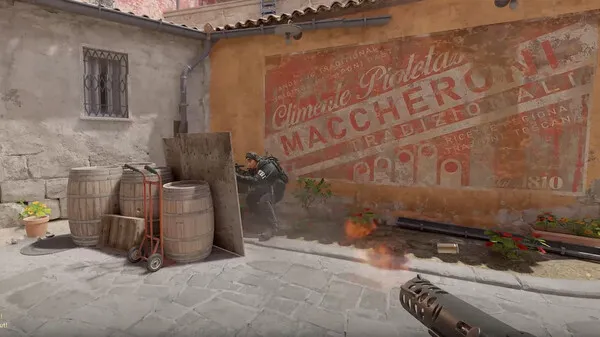
10. Broader Implications: What Tickrate Disputes Reveal about CS2’s Design Philosophy
At its core, the tickrate debate in CS2 exposes growing tension between accessibility and authenticity. Valve designs for scale—millions of players, fair systems across regions—while elite players demand mechanical precision. CS2’s architecture, layered with sub-tick and visualization, may represent a compromise: the base is accessible, but deeper fidelity exists if you seek it.
This mirrors broader trends in live-service games: differentiated performance tiers, player choice defining experience quality. The question is, can Valve preserve a unified platform while accommodating the diverging needs of casual players and esports elites?
The conceptual divide
- Casual player wants fair play and smooth visuals—60 tick with sub-tick is often enough.
- Pro player needs absolute consistency and minute control—128 tick or replay tools matter.
Design takeaway for future FPS
- Offer base accessibility, but ensure optional precision upgrades are seamless and validated.
- Educate the playerbase about how tickrate affects reality perception—myth busting matters.
- Maintain transparency with tools, logs, and consistent data to reinforce trust.
Conclusion
Counter-Strike 2’s journey through tickrate design highlights tension between scale and precision. Sub-tick mechanics, official 128-tick servers, and evolving network tools respond to the demand—but solutions still require awareness, investment, and trust from players and developers alike. Competitive integrity in CS2 will rest not just on raw updates per second, but on transparency, control, and preserving the reflex-based thrill that made the franchise legendary.
Summary: Deep technical exploration of CS2’s tickrate evolution, sub-tick systems, player responses, and strategies to uphold competitive precision.








